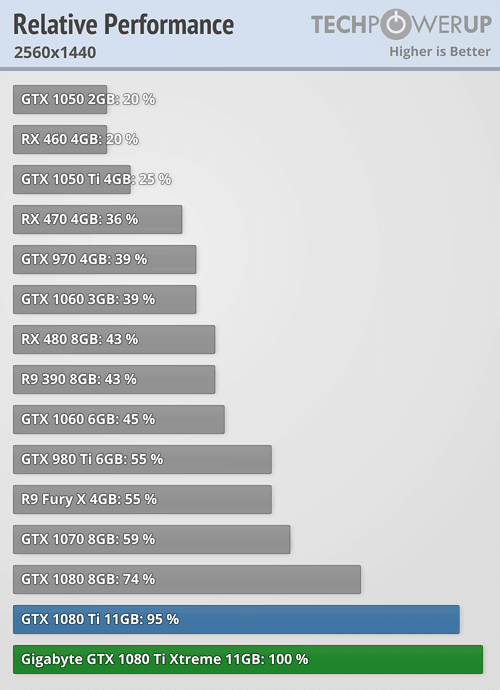So, with all the bashing going on with the reference cooler or the GTX 1080 Ti, I thought I'd make a thread to show how impressed I am with this cooler

It's been over 6 years since I've had a reference cooler on a GPU. The last time was when I had two GTX 580s, and they were loud as hell in an annoying way. They sounded like blow dryers, and weren't particularly effective out of the box. In fact, when I bought two EVGA high flow brackets for my 580s, they shaved off about 4 to 5 degrees if I recall.
And while my Titan Xp's blower is loud as hell, it's not an annoying sound. The most accurate description I can give is that it sounds like a high pitched static sound. But the cooling ability is actually very good. My idle temps are about 30c on the desktop with no other programs open, and about 32c with Edge browser open.
During gaming at stock clocks, the fan will rev up to about 53% and the temp will hit 83 or 84c, but it's dead silent. I cannot hear the fan at all over my system fans. Also, at stock fan curve, the GPU will usually be running in the high 1600s to low 1700s or there abouts in Mass Effect Andromeda, which is a graphically heavy game. In lighter games like Doom, it will be in the 1700s consistently, with the framerates hitting 200 FPS at times.
The point though, is that the GPU is always above stock boost, which is 1584 and does not drop anywhere near the stock clock. Some of you might be thinking "well duh," but given some of the criticisms I have seen leveled at the stock cooler, you'd think that it had issues serious issues with throttling, but this isn't the case.
NVidia has done some significant improvements on the cooler, even since the original Titan X Pascal.
HardOCP did a comparison between a GTX 1080 Ti and a Titan X Pascal overclocked to the same settings, and the GTX 1080 Ti's load temp was a whopping 8 degrees cooler than the Titan X Pascal, and that's with a higher boost clock as well.
As far as my personal overclocking experience goes, it depends on the game. Sustaining above 2ghz is not feasible in graphically intensive titles with the fan speed at 75%. From my experience so far, the clock speed will usually drop below 2ghz, and be in the low to mid 1900s in games like the Witcher 3 maxed out. It doesn't drop below 1900 at all from what I've seen though
But how much better would a top notch open air cooler really be? I don't think that an open air cooler could maintain above 2ghz either in
graphically heavy games. That was my experience with my Zotac Amp Extreme GTX 1080 when I had it. It would automatically boost to above 2ghz, but would drop down and be in the upper 1900s and stay there in intense situations.
The only way to get 2ghz and above constantly would be to go water, but investing in water just for 100mhz or less extra on the core doesn't seem worth it to me at all.
That said, I don't plan on doing much overclocking anyway. I've always found GPU overclocking annoying, which is why I've always bought the fastest stock clocked models so that I don't have to manually overclock them. But the Titan Xp at stock clocks is plenty fast enough for me









